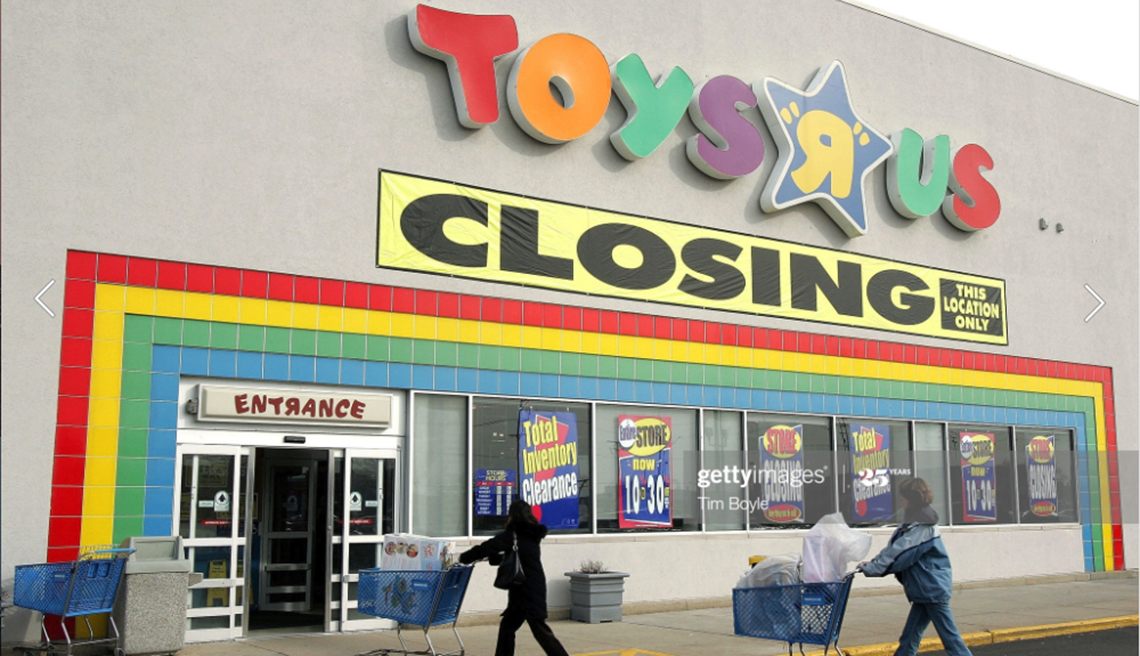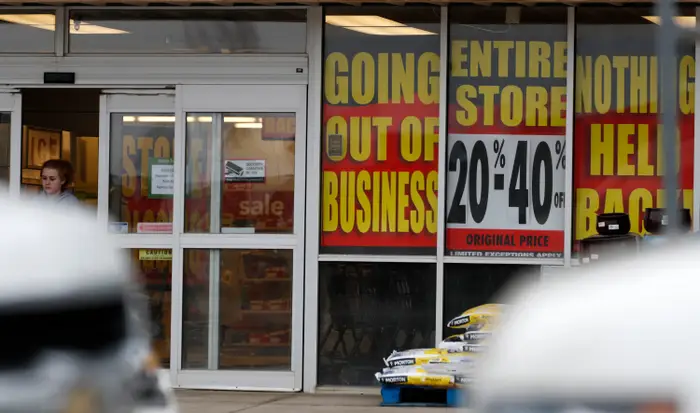The 2000s were a dramatic decade for retail. Many brands that once felt untouchable suddenly closed their doors, leaving shoppers shocked and wondering what went wrong. From department stores to video rental chains, the retail world saw big changes. The rise of e-commerce, changing customer behavior, and the financial crisis all played major roles. That’s why the topic of stores that went out of business in the 2000s continues to spark curiosity.
In this article, we’ll look back at the major stores that went out of business in the 2000s, explore why they disappeared, and uncover the lessons entrepreneurs and marketers can learn today.
Why Did So Many Stores Disappear in the 2000s?
The question of why there were so many stores that went out of business in the 2000s doesn’t have one simple answer. Instead, it was a mix of powerful forces shaping the retail industry.
The early 2000s marked the rise of the internet as a major shopping platform. Amazon, eBay, and other online marketplaces began offering more convenience, better prices, and home delivery. Traditional retailers, especially those slow to adapt, started to lose ground.

At the same time, trends shifted. People were no longer excited about old-fashioned department stores or bulky electronics shops. They wanted new experiences, updated technology, and faster service. Retailers that failed to evolve quickly enough were left behind.
Examples of Iconic Stores That Went Out of Business in the 2000s
When we talk about stores that went out of business in the 2000s, several names immediately come to mind. These companies once dominated malls, shopping centers, and local communities, but they could not survive the changes of the decade.
One of the most memorable examples is Circuit City. Once the second-largest electronics retailer in the U.S., Circuit City was a go-to destination for TVs, computers, and gadgets. But poor management decisions, stiff competition from Best Buy, and the rise of Amazon caused the company to declare bankruptcy in 2008.
Another famous name among stores that went out of business in the 2000s is Linens ’n Things. This home goods store competed with Bed Bath & Beyond but could not keep up. The economic downturn and high debt led to its bankruptcy in 2008.
KB Toys was also a victim of the changing retail world. For decades, children begged parents to visit KB Toys in shopping malls. But competition from Walmart, Target, and later Amazon made it impossible to survive. The company filed for bankruptcy in 2004.
And of course, Hollywood Video joined the list of stores that went out of business in the 2000s. With Netflix shifting to streaming and Redbox offering $1 rentals, customers no longer needed to visit physical stores to enjoy movies. Hollywood Video shut down in 2010, just after the decade ended, but its decline began years earlier.
The Role of Technology and E-Commerce
Technology played one of the biggest roles in the wave of stores that went out of business in the 2000s. Online shopping grew rapidly, giving consumers new choices. Retailers that failed to build strong websites or offer e-commerce options were left behind.
Instead of driving to a mall, people realized they could order books, electronics, or clothing from their computers. Later in the decade, smartphones made it even easier. Amazon’s Prime membership, launched in 2005, changed expectations for shipping speed and convenience forever.
This shift showed a key lesson: businesses must always watch where technology is headed. Many stores that went out of business in the 2000s ignored the warning signs and paid the price.
The Financial Crisis and Its Impact
The 2008 financial crash had a huge impact on retail. As unemployment rose and household budgets shrank, people cut back on non-essential shopping. Stores that depended on big-ticket purchases or luxury goods were hit especially hard.
Some examples include:
-
Sharper Image, famous for selling unusual electronics and gadgets, went bankrupt in 2008.
-
Steve & Barry’s, a discount clothing retailer, collapsed in the same year despite having popular celebrity-endorsed lines.
These examples show how fragile retail can be when the economy struggles. Many stores that went out of business in the 2000s were already weak, and the financial crisis simply pushed them over the edge.
Consumer Trends That Changed the Game
Another reason behind the many stores that went out of business in the 2000s was a major shift in consumer behavior. Shoppers wanted:
-
More convenience – Online shopping beat driving to a crowded mall.
-
Better prices – Walmart, Target, and Amazon made discounts the norm.
-
Fresh experiences – Trendy brands like Apple Stores and fast-fashion outlets like H&M captured attention.
Meanwhile, traditional mall-based stores began to feel outdated. Without innovation, they could not hold younger customers’ loyalty.
Lessons for Today’s Entrepreneurs
Looking back at the stores that went out of business in the 2000s provides valuable lessons for today’s business owners and startups.
First, adaptation is key. Many of those brands assumed they were too big to fail, but no company is safe if it ignores change.
Second, digital presence matters. In the 2000s, websites were becoming essential, and today, social media and apps are just as important. Businesses that don’t embrace technology risk losing relevance.
Third, financial discipline is crucial. High debt levels destroyed many companies when sales slowed. Entrepreneurs today must focus on building sustainable businesses instead of expanding too quickly.
Could These Brands Have Survived?
It’s natural to wonder if some stores that went out of business in the 2000s could have survived if they had made different choices. For example, if Circuit City had invested earlier in e-commerce or focused on customer service, it might still exist alongside Best Buy today.
Similarly, if Hollywood Video had shifted to streaming before Netflix, it could have kept a large audience. This highlights how innovation and timing make the difference between success and failure.
The list of stores that went out of business in the 2000s is long and filled with once-beloved names. From Circuit City to Linens ’n Things, KB Toys to Hollywood Video, the decade was marked by massive change in retail.
The combination of e-commerce growth, economic struggles, and shifting consumer trends proved too much for many traditional brands. But these stories are not just about failure—they are lessons. Entrepreneurs today can learn the importance of innovation, financial discipline, and adapting quickly to technology.
So while the stores that went out of business in the 2000s may be gone, their stories continue to teach us how businesses can survive and thrive in a changing world.






